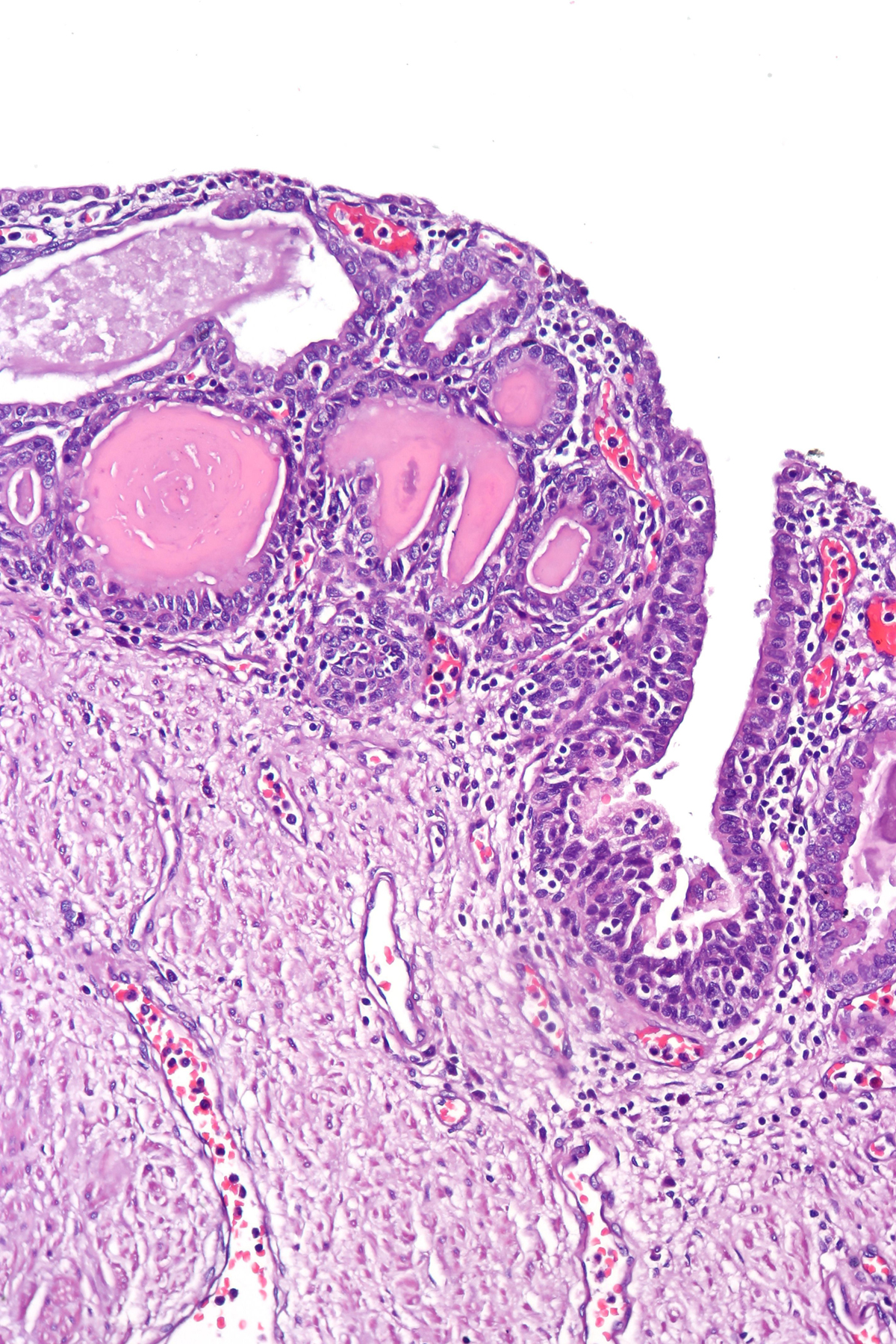
The urethra is a tube and represents a part of the urinary tract. It transfers urine from the bladder to the outside of the body. In women the urethra is approximately 1.5-2 inches long while in men it is much longer and measures about 8 inches.
Irritation of urethra is usually only an introduction to much more serious condition called urethritis, inflammation of the urethra. It is essential to diagnose and treat the condition on time and prevent spread of the infection to the urinary bladder and upper parts of the urinary tract. Since the urethra in women is much shorter than in men women tend to develop urethritis more often.
Causes of Urethritis
Similarly to the infection of other parts of the urinary tract, urethritis is commonly caused by a variety or bacteria and some viruses. Escherichia coli, adenovirus, cytomegalovirus and herpes simplex virus are the most common culprits of urethritis. Furthermore, urethritis can be caused by certain sexually transmitted diseases (chlamydia, gonorrhea etc). It usually occurs if a person is inserted urinary catheter, particularly if a catheter has to be used for longer period of time. And finally, urethritis can be associated with certain chemicals found in contraceptive creams and spermicides.
Symptoms of Urethritis
The symptoms in women and men are different. However, urethritis is always accompanied by irritation of the urethra and specific sensation. The most common problems are burning and painful sensations during urination, blood in urine, discharge from the penis or vagina and excessive urination. There may also be pain during intercourse and swelling and tenderness of the nearby tissues. The infected area can be itchy. Some patients also develop fever and chills.
Treatment for Urethritis
Once the symptoms have fully developed patients decide to visit their doctors. The doctor performs physical examination and examination of genitalia. The affected area is red and swollen and very tender to touch. Additional tests include complete blood count, urine analysis, pelvic ultrasound in women and specific tests if the doctor suspects on sexually transmitted diseases.
Once the definitive diagnosis is set the treatment begins. The doctor may administer certain antibiotics even before the results of the tests are obtained. And once the results are obtained he/ she will or will not change the already administered antibiotic. This is done since sometimes results take a few days to be obtained and the patients simply cannot tolerate the unpleasant and painful symptoms. Apart from antibiotics (in case of bacterial infection) patients are also given pain killers. During the treatment patients are due to abstain from sex and stop using contraceptive creams.

















Your thoughts on this
Loading...